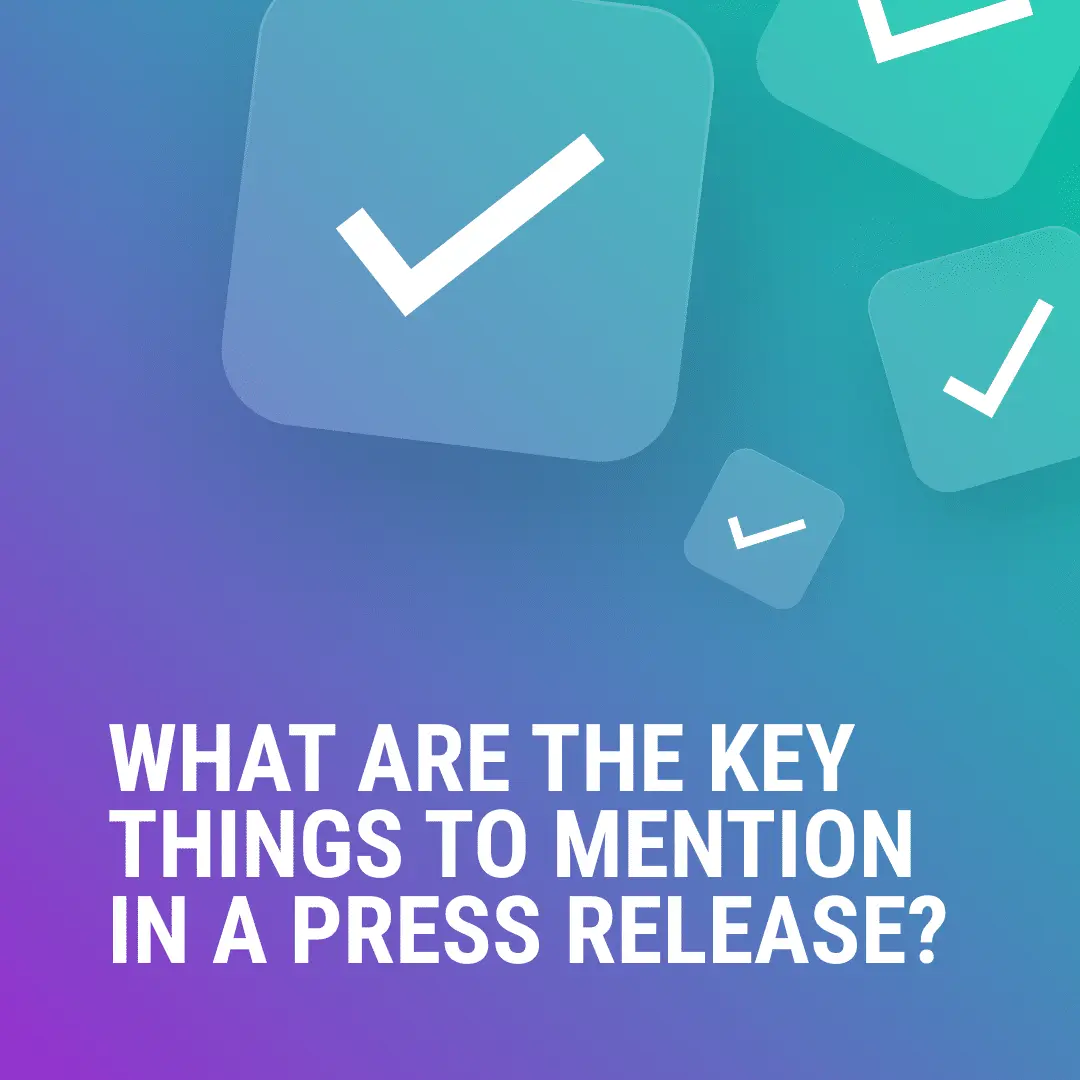Are you dying to sound like your favorite guitarist? Maybe you are highly influenced by Miles Davis, but you can’t quite figure out how to incorporate that into your sound? Have you ever gone to a gig and heard a musician play and thought, wow you can totally tell who they have been listening to?! Want to know how it is done? Read on to find out how to incorporate your influences into your sound!
Focussed listening.
Of course, the first thing you need to do is pick an influence to listen to! You may be a huge Hendrix fan and you want to incorporate some of that screaming guitar sound and technical licks into your playing. In essence, you want people to turn their heads when you play and say, “wow, they really sound like Hendrix!”. That’s the dream! Well, let’s make that dream a reality.
At first, you will want to pick a song from your favorite influence and have it on repeat. You want to play it so many times that you start to get sick of it. (But of course, you won’t because… Hendrix) Once the song is well and truly in your head, start paying really close attention. Are you starting to hear things you haven’t heard before? The best way to ensure focussed listening is to take away any other distractions. As well as listening in your car, through your headphones while you prep dinner, also listen with your eyes closed and in a comfortable position. The more attention you pay, the more you will hear.
Sing along.
Now that the song is well and truly stuck in your head, start singing along! Are there some parts that you find really difficult to match? Do you find the more that you do this, the easier it feels? Are you hearing even more than you did before now that you are trying to copy it?
Try your best to be exact when singing along. Hit the rhythms right in the middle and notice if you are pitchy in certain parts. This is not only helping you to begin to transcribe, but it is also building up your ear and your singing chops! You’re so welcome.
Copy your favorite sounds and phrases.
As you are singing through this epic and now borderline annoying song, are you noticing there are phrases that stand out to you? Ones that seem extra catchy and come to mind first when you revisit the song or even just think about it?
Start to recognize those phrases and sing them out loud and clearly.
Transcribing the sounds.
Whether you can write music or not, it doesn’t matter. It is now time to play what you have been singing. Start with those phrases that were super catchy! Once you have nailed all the notes and you are certain that you have the rhythm down, play along with the track. Your next task is to try and mimic the sound you are hearing. You will find that you will naturally change your movement and technique to try and match the sound. This is your brain searching for what is now ingrained from all of that focused listening.
Once you have your favorite phrases down, start working on the rest. Can you play the tune from start to finish in exactly the way the original artist does? Are there parts you get to and then fumble because it’s too tricky or you can’t quite hear what is going on?
Slow it down, and sound it out.
You may notice that some phrases are fast! So fast in fact, that your ear just simply cannot discern the individual sounds that are making up the phrase. You keep trying to copy it, but you know deep down you are missing notes and it just doesn’t sound quite right.
You can use tools like the amazing slow-downer. This is an app that slows the tempo of the music so you can hear each individual note! Be careful though, the more you slow down, the more the pitch will come into question. Slow it down just enough so that you can hear the phrase properly and work out which notes you are missing. Gradually, start to speed up the tempo again. If you speed up to a point where you can’t keep up, go back and work on the previous speed. Only increase the tempo once you have nailed it. Eventually, you will get back to the original tempo and you will have a new super-fast lick under your belt! Yay!
Take note of sound and nuance.
Now that you have all the notes down, it is time to pay attention to sound and tone. The aim of the game is to match the sound you are hearing. That may mean using some distortion techniques, changing the equipment or setup you are using, etc. But most importantly, adjust how you are playing. Gear can only go so far.
Every great artist has a distinct sound that is unique to them. Try your best to emulate it. This may take you weeks, months, or even years to get to a point where you are happy with it. The more you do it, the more it will seep into your natural sound. Get really picky about the sound, don’t settle until you feel like you have become Hendrix!
Consciously input those phrases and sounds when you are jamming.
Now that you have all the notes down and you have practiced and emulated the tone and sound, it’s time to include it in your playing. Go back to those favorite phrases initially were drawn to. Write them out and transpose them into different keys. (This way they will be applicable to every song!) If you have the know-how, practice the phrase around the cycle of 5ths and get really good at whipping it out at any moment in any key.
Now put on a backing track or find a friend, (preferably on Vampr) and have a jam! Pick a progression that will work with your newly learned phrase and start incorporating it randomly!
You will find as time goes on, it will become easier and easier to incorporate. Your ear will naturally know where to include it, how much space to give it, and when to punch it out. Even if it feels repetitive, keep playing it every time you jam. We want it to become muscle memory. You should start to just include it automatically without having to consciously think or put in the effort for this to happen. That is when you know you are there!
Let the rest happen naturally. Sound good?
Now just forget everything you have just learned! What?! Why!? Well, music is about creativity and freedom. You don’t want to manipulate too much of it to be a certain way. We can certainly influence our playing be building phrases and sounds into our muscle memory so we naturally go there without thinking. But, you want to be free when you play! Free to make creative choices in a moment and use your ear to hear what should come next.
Now, do it all again!
Now that you have successfully incorporated a phrase or two into your everyday sound… do it again! Preferably, stick with the same artist. The more Hendrix you transcribe, the more Hendrix will start to trickle into your sound!
Happy practicing! ✌️










